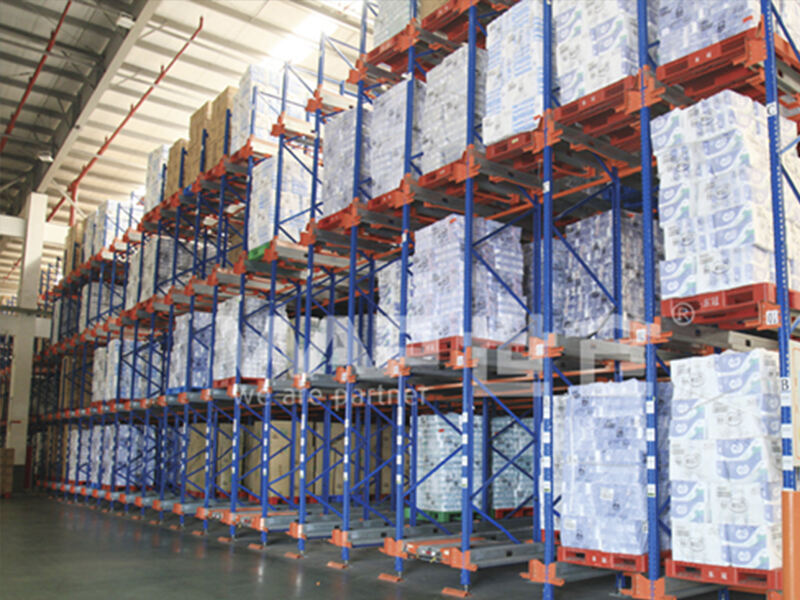Kahit maliit lamang ang pagbabago sa temperatura o kalapasan, maaaring magresulta sa paglaki ng daga, pagsisimula ng kulay-brown sa sanga, dehydration, at pagkalat ng berya – na nagiging sanhi ng malaking pagkawala pagkatapos ng pag-aani.
Habang ang presisong kontrol ng kapaligiran ng malamig na kuwarto (Temperatura: -1°C hanggang 0°C / 30°F hanggang 32°F, Kalapasan: 90%-95%) ay fundamental, ang madalas ay di-inilapatang plastik na pallets at containers ay mga hindi pinagkilalang bayani sa matagumpay na pag-iingat ng ulas.
1.Superior na Ilalim na Ventilasyon at Hangin
Walang Restriksyon na Malamig na Circulasyon ng Hangin: Ang grid o slatted na disenyo ng plastik na pallets, kasama ang taktikal na inilapat na ventilasyon slots/mga butas sa base ng container, siguradong umuubos ang malamig na hangin nang epektibong pataas sa pamamagitan ng mga layer ng ulas.
Epektibong Pagpapamahala ng Kagubatan: Ang pinagaling na paghinga ng hangin ay nag-aangat ng sobrang kagubatan na ipinroduce ng mga uva, bumabawas sa lokal na kondensasyon at panganib ng bulok.
ligtas at Siguradong Pagtatumpak para sa Proteksyon ng Prutas
Mataas na Lakas at Katigasan: Ang mga plastik na konteynero ay nakakatinubos ng integridad ng anyo kahit sa mababang temperatura. Hindi sila nababago o nadadampot kapag tinataas ang ilang antas mataas, protektado ang mas mababang antas mula sa sugat, pagputol, at pagdudurog ng berya.
hindi Kasamang Klinikalidad at Kalinisan
Madaliang Paghuhugas at Pagpapalinis: Mga mabilis, hindi poros na ibabaw ay nagpapahintulot ng sariwang paghuhugas at pagpapalinis (gamit ang pangkain na sanitizers) sa pagitan ng gamit. Ito ay epektibong naiilimina ang mga spora ng bulok (hal., Botrytis) at bakterya, bumabawas ng malaking panganib ng kross-kontaminasyon - isang pangunahing kamahalan ng porous na kahoy at absorbent na kardbord.
katatagan at Ekonomiya
Mahabang Buhay ng Serbisyo: Mabilis na resistant sa impact, korosyon, at temperatura na mas mababa sa zero, ang mga plastik na konteyner ay higit matagal magiging effective kaysa sa disposable na cardboard maraming beses, nagdadala ng mas mababang operasyonal na gastos sa katapusan (TCO).
Epektibong Operasyon: Ang estandang sukat ay nagpapahintulot ng malinis na pag-integrate sa pallet jacks, forklifts, at automated systems, streamlining handling, optimising cold storage space utilization, at pagpapabuti ng kabuuang logistics efficiency.
5.Pagpapakamit ng Preservation
Hindi Magagawa ang Pre-cooling: Alisin ang field heat agad matapos ang pagkukumpita gamit ang dedicated pre-cooling rooms o pagsasanay sa ventilation ng plastik na konteyner (maaring makabuo ng forced-air cooling na highly effective). Ang pre-cooled lamang na uva ang dapat pumasok sa long-term storage.
6.Optimized Stacking para sa Airflow
Mag-stack ng plastik na konteyner sa pallets gamit ang isang "staggered" o "open" pattern (hal., chimney stack) sa loob ng cold room.
Panatilihin ang sapat na espasyo ng hangin (minimum 20cm / 8 pulgada) sa pagitan ng mga stack, pader, at kisame upang makabuo ng epektibong kanlubong hangin.
7.Malawak na Protokolo sa Paghuhusay
I-implement ang matalinghagang SOP: Suriin ang pagsuhay at pag-disinfect sa lahat ng plastik na pallets at konteyner matapos bawat paggamit. Siguraduhin na buo nang magulugod bago muli gamitin upang putulin ang siklo ng transmisyong patogen.
Kwento: Mag-invest sa Baga, Bawasan ang Pagkamali, Magpatibay ng Halaga
Pagkamit ng pinakamahusay na pagpapanatili ng uva sa malamig na storage ay nangangailangan ng holistikong pamamaraan. Sa tabi ng presisong kontrol sa kapaligiran, mahalaga ang pag-iinvest sa mataas na kalidad, siyentipikong disenyo ng food-grade na plastik na pallets at konteyner. Ang kanilang maalinghang ventilasyon, robust na proteksyon, eksepsiyonal na kalinisan, at operasyonal na kasiyahan ay bumubuo ng malakas na panlaban laban sa pagkasira.

 EN
EN
 AR
AR CS
CS DA
DA NL
NL FI
FI FR
FR DE
DE EL
EL HI
HI IT
IT JA
JA KO
KO NO
NO PL
PL PT
PT RU
RU ES
ES SV
SV TL
TL ID
ID SR
SR UK
UK VI
VI SQ
SQ HU
HU TH
TH TR
TR MS
MS IS
IS BN
BN LO
LO MN
MN NE
NE MY
MY UZ
UZ KY
KY


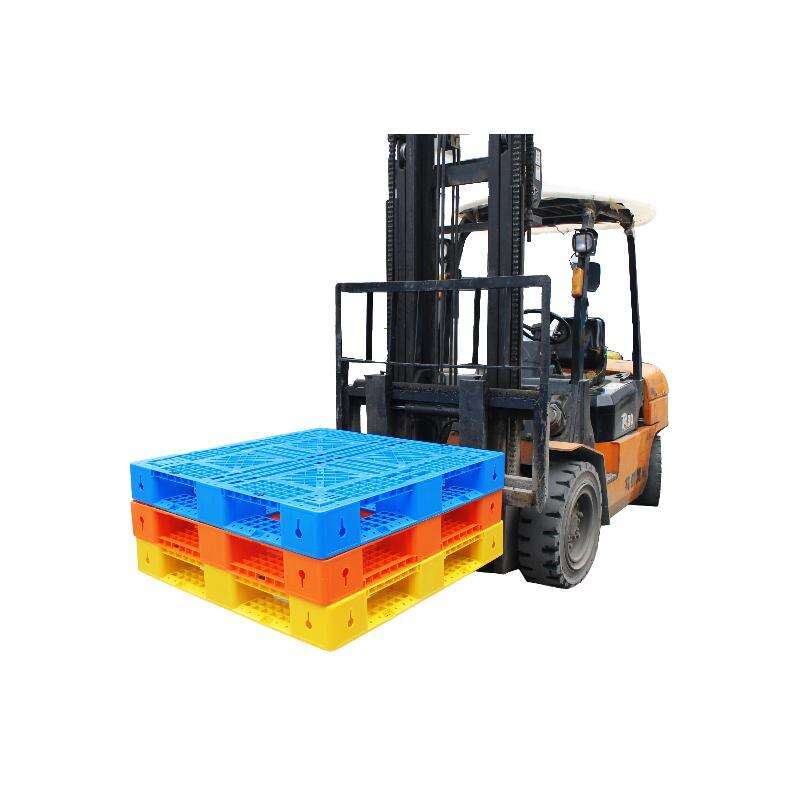 Plastikong Pallets
Plastikong Pallets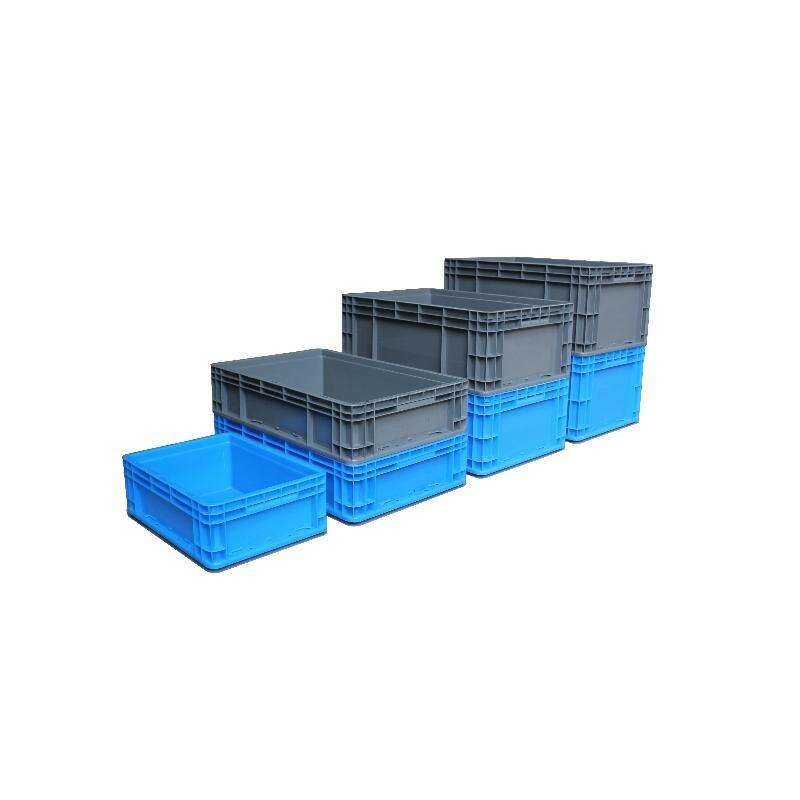 Kahon Para Sa Loob Ng Negosyo
Kahon Para Sa Loob Ng Negosyo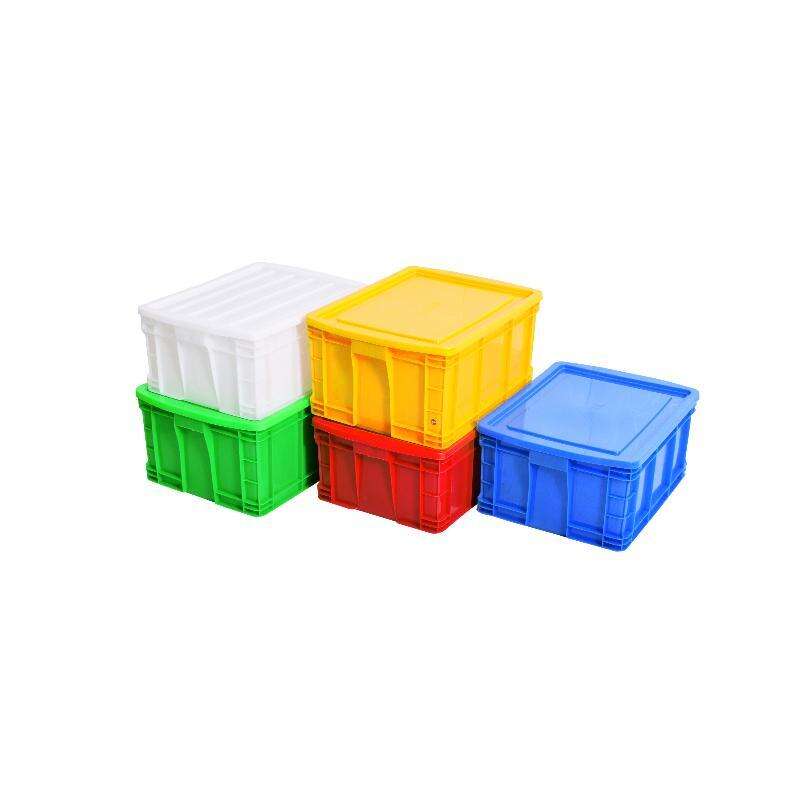 Plastikong Crates
Plastikong Crates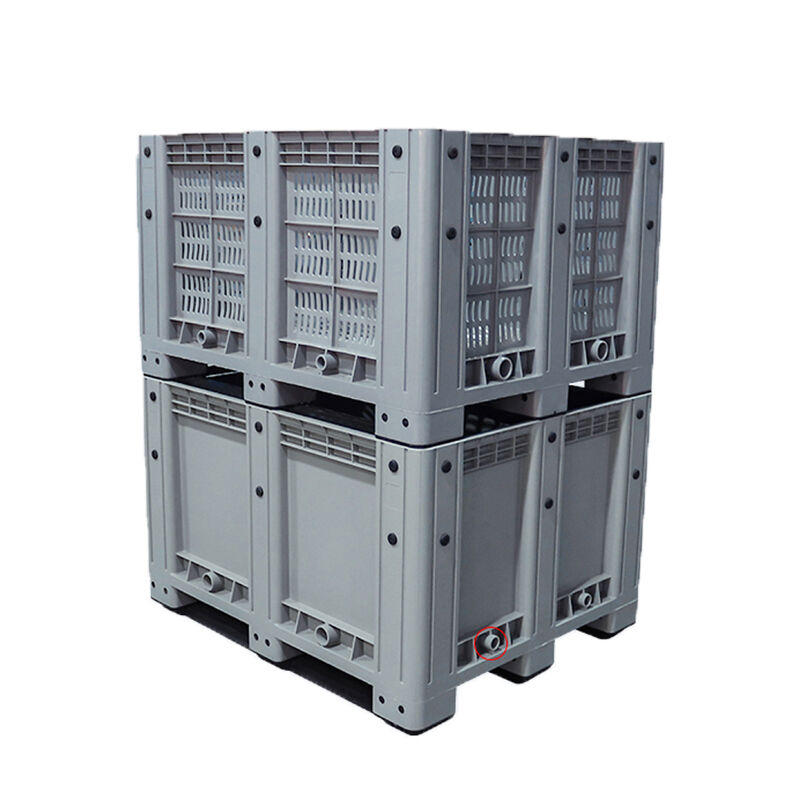 Bulk Containers
Bulk Containers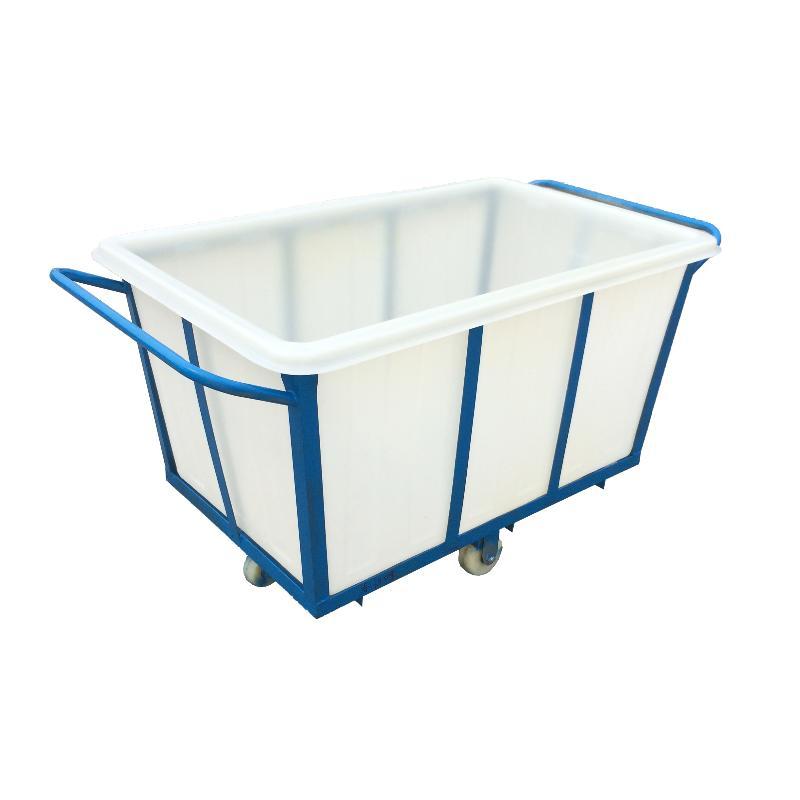 Trolly Cart
Trolly Cart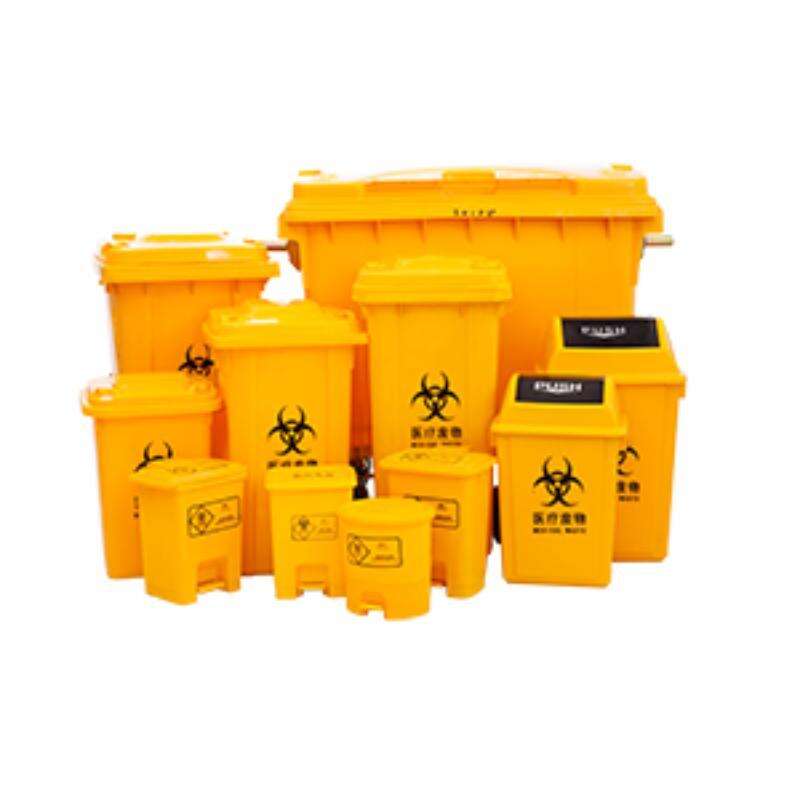 Basurang Lata
Basurang Lata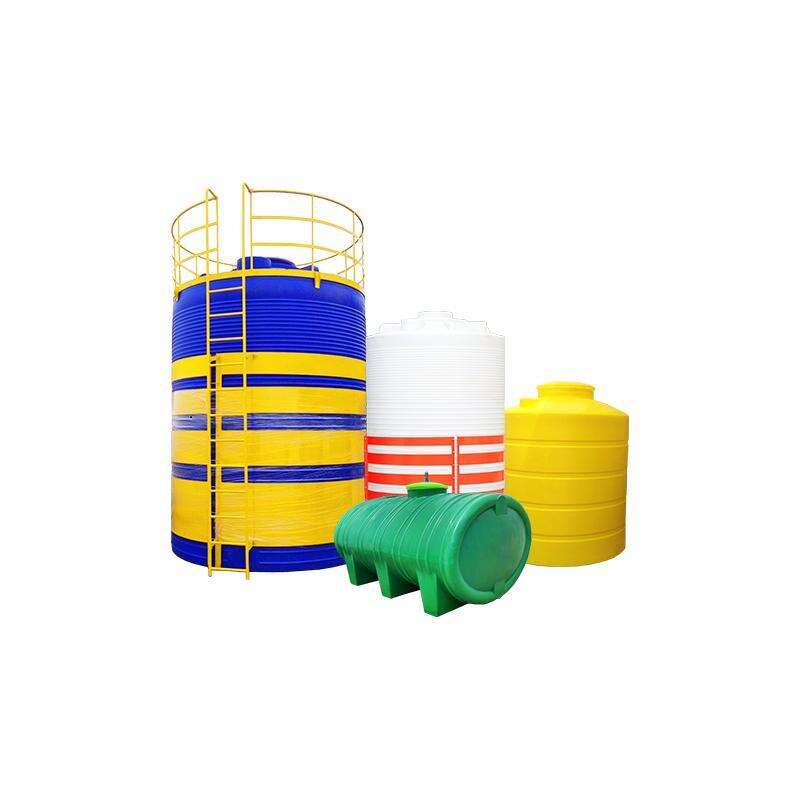 likidong Storage Containers
likidong Storage Containers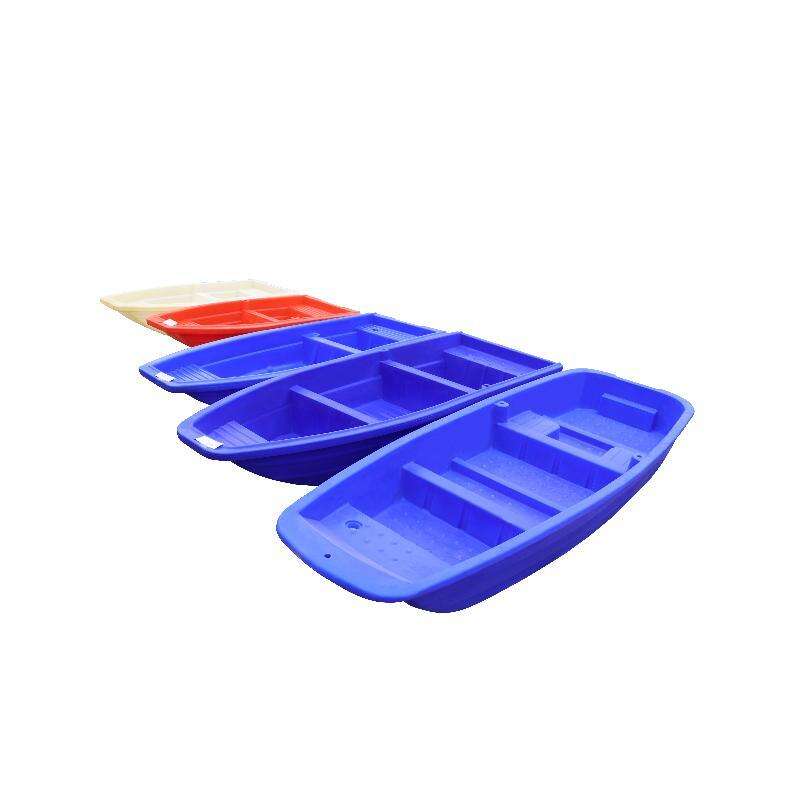 Bangka & Mga Produkto Sa Agos
Bangka & Mga Produkto Sa Agos
